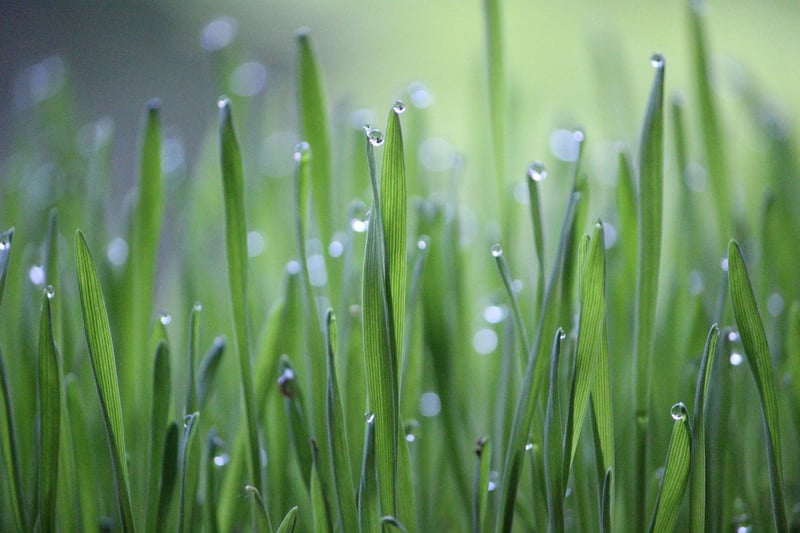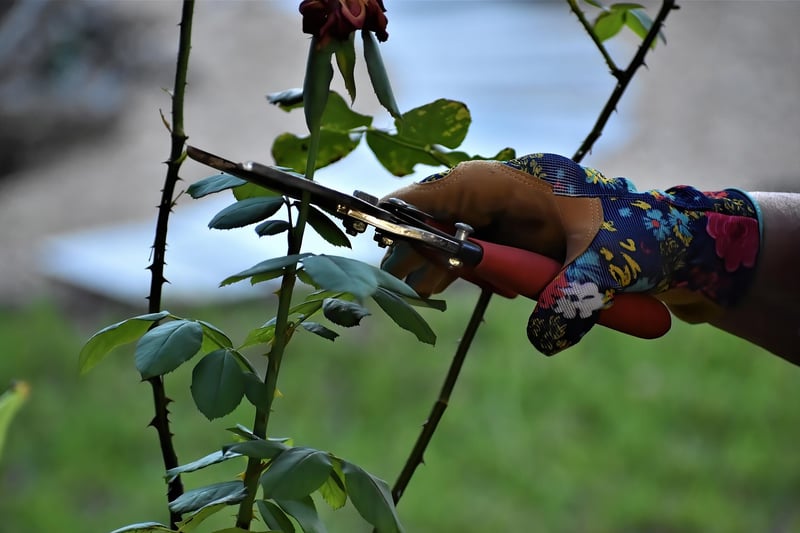Pruning Techniques
Keeping Your Garden Healthy: Essential Pruning Techniques
Having a thriving garden requires more than just watering and weeding. Pruning is an essential practice that helps maintain the health and beauty of your plants. By understanding the basics of pruning techniques, you can ensure your garden remains healthy and vibrant throughout the year.
Why Pruning is Important
Pruning is the process of selectively removing parts of a plant to improve its structure, promote healthy growth, and enhance flowering or fruiting. It helps plants by:
- Removing dead or diseased branches
- Shaping the plant for better aesthetics
- Encouraging new growth
- Increasing air circulation and sunlight penetration
- Preventing overcrowding and improving overall plant health
Key Pruning Techniques
1. Deadheading
Deadheading involves removing faded or dead flowers from plants. This technique redirects the plant's energy from seed production back into growth and bloom, promoting continuous flowering.
2. Thinning
Thinning is the selective removal of branches or stems to improve light and air circulation within the plant. It helps reduce disease risk and encourages healthy growth.
3. Heading Back
Heading back involves cutting back a portion of a branch to stimulate new growth. This technique is useful for controlling plant size and shaping bushy plants.
4. Pinching
Pinching entails removing the tip of a stem with your fingers to encourage branching and create a fuller, bushier plant. It is commonly used for herbs and annual flowers.
Tools for Pruning
Before you start pruning, make sure you have the right tools for the job. Essential pruning tools include:
- Pruning Shears
- Loppers
- Pruning Saw
- Hedge Shears
Always ensure your tools are clean and sharp to make precise cuts and prevent damage to the plants.
Conclusion
Pruning is a valuable skill that every gardener should master to keep their garden in top condition. By using the right techniques and tools, you can promote healthy growth, improve plant aesthetics, and prevent disease. Regular pruning will not only benefit your plants but also enhance the overall beauty of your garden.
Remember, each plant may have specific pruning needs, so it's essential to research the requirements of your plants before pruning. With practice and patience, you'll become proficient in pruning and enjoy a flourishing garden year-round.



